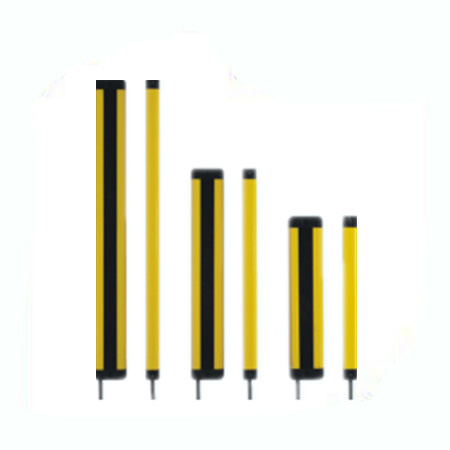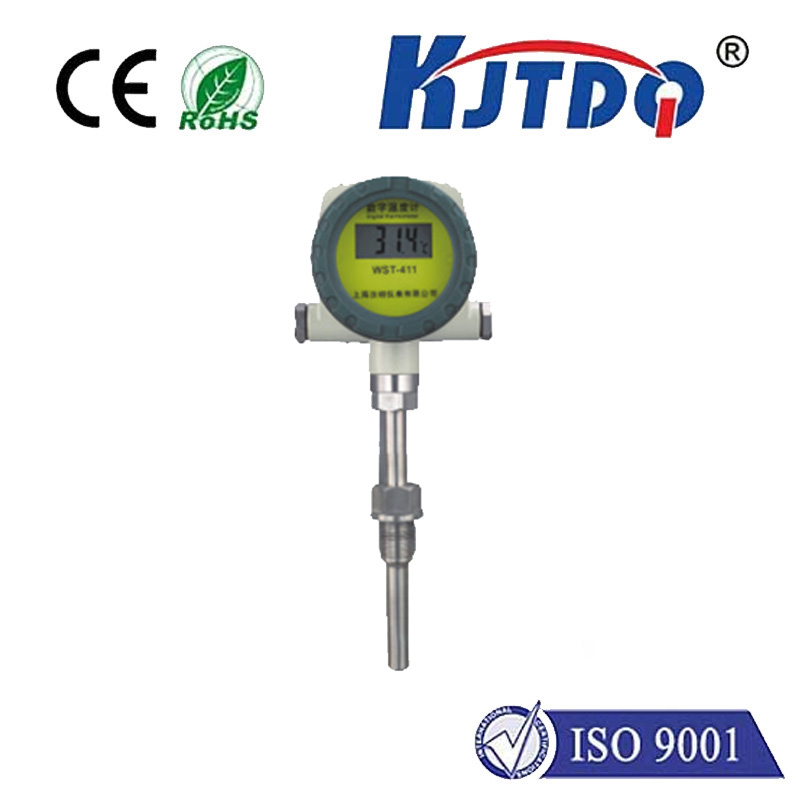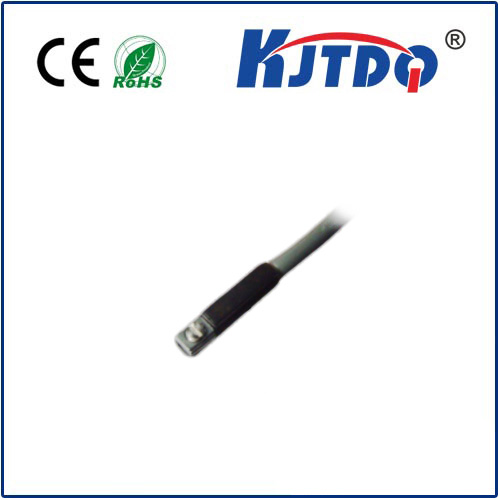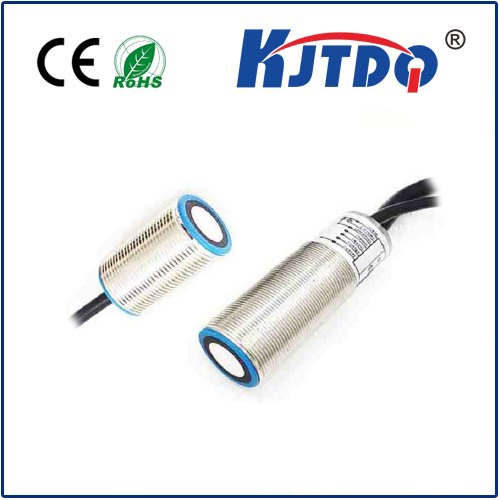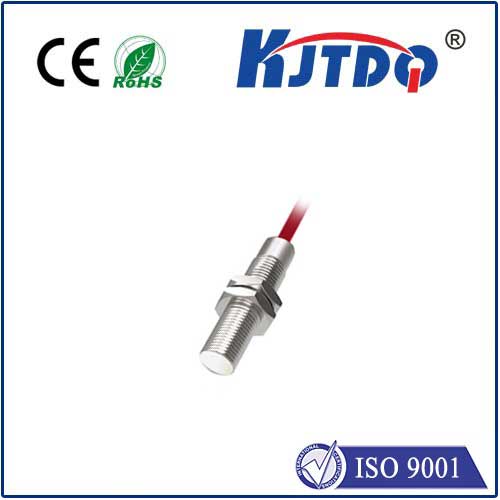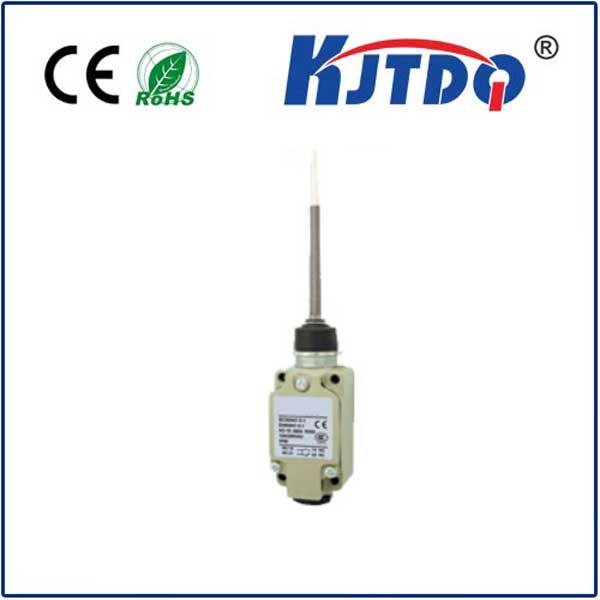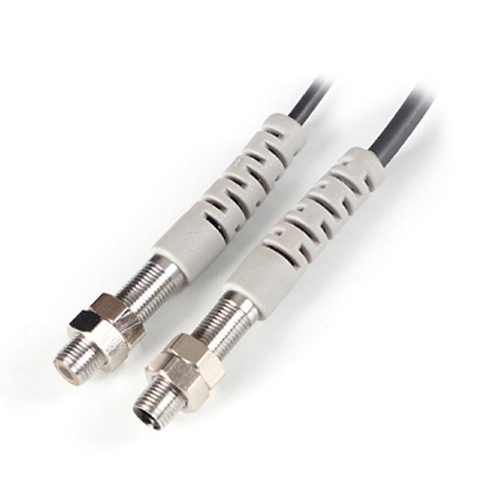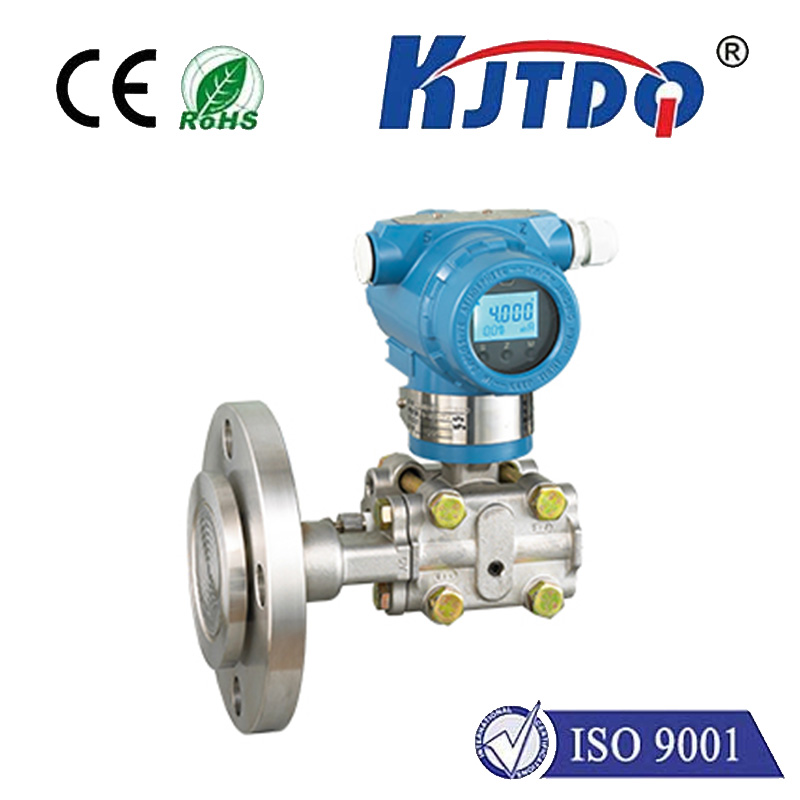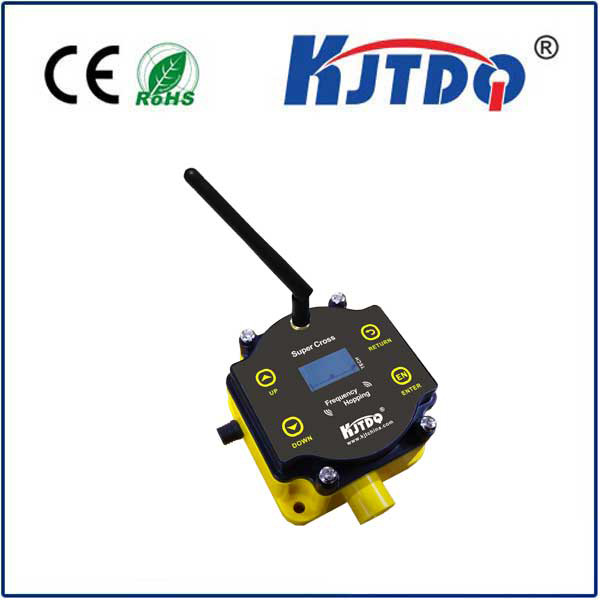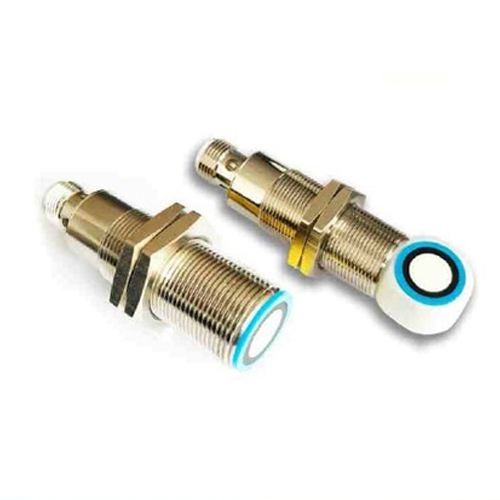

check

check

check

check

check

check

check

check

check

check
Title: Distance Measurement Using Laser Sensor: A Revolution in Accuracy and Efficiency
Introduction:
In the realm of precision engineering and data collection, the ability to accurately measure distances is of paramount importance. With the advancement of technology, traditional methods of distance measurement have given way to more sophisticated techniques. Among the most notable innovations in this field is the use of laser sensors for distance measurement. This article delves into the world of laser sensors, exploring how they revolutionize the way we measure distances.
Laser Sensor Technology:
Laser sensors operate on the principle of light emission and reflection. These devices emit a laser beam that travels until it strikes an object. The beam then reflects back to the sensor, which calculates the time taken for the round trip. By knowing the speed of light, the sensor can determine the distance between itself and the object with remarkable accuracy.

Key Benefits:
The application of laser sensors for distance measurement provides several advantages over older techniques. Foremost among these is precision; laser sensors can measure distances with sub-millimeter accuracy, far exceeding what is possible with manual or tape measures. Additionally, they offer non-contact measurement, which is crucial for scenarios where direct contact could damage the object or affect the measurement.
Industrial Applications:
Laser sensors have found extensive applications in various industries. In manufacturing, they are used to check dimensions of products and components, ensuring quality control and minimizing waste. In construction, they aid in aligning structures and monitoring site progress. In logistics and warehouse management, laser sensors streamline inventory tracking by measuring distances and spaces between stored goods.
Safety and Accessibility:
Another significant advantage of using laser sensors is safety. They can be safely used in hazardous environments where physical measurements would put human operators at risk. Moreover, their accessibility has increased as costs have decreased, making them more viable for small-scale projects and individual use cases.
Integration with Technology:
The real power of laser sensors becomes apparent when integrated with other technologies such as machine vision systems, robotics, and artificial intelligence. Together, these technologies create intelligent systems capable of autonomous decision-making based on precise spatial awareness provided by laser sensors.
Conclusion:
Distance measurement using laser sensors represents a leap forward in accuracy, efficiency, and safety. As technology continues to advance, we can expect further improvements in both sensor design and application across diverse fields. It is clear that laser sensors are not just a tool for measuring distances; they are a cornerstone in creating smarter, more automated environments that benefit society as a whole.
